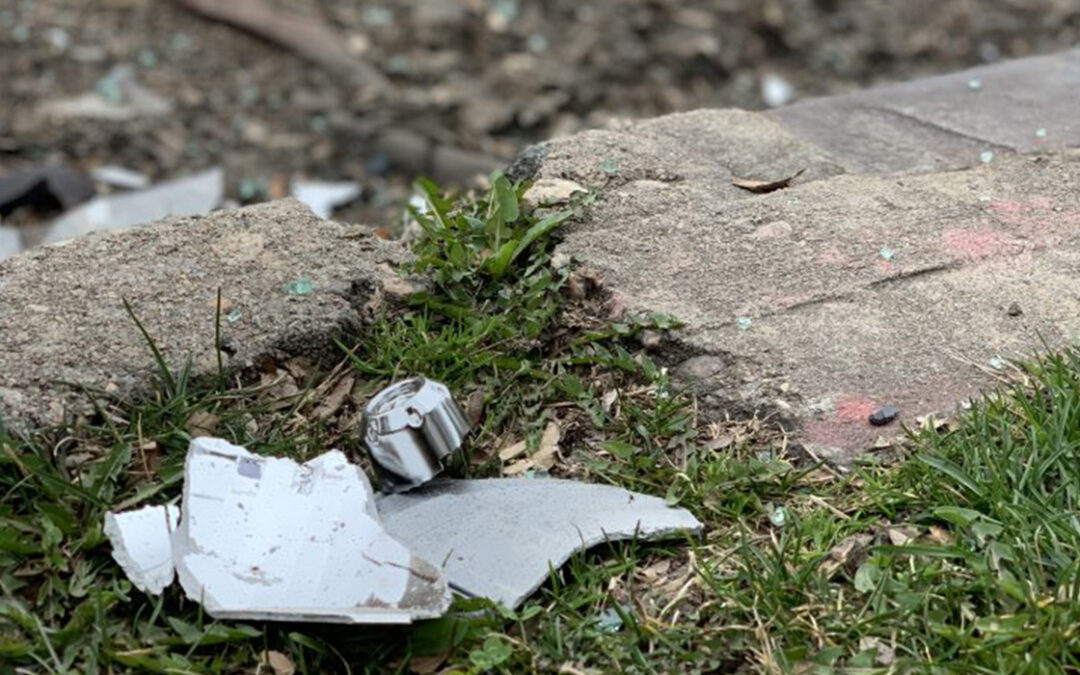
by Jennifer O'Connell | Mar 25, 2020 | Auto Accident, Bicycle Accident, Brain Injury, Bus Accident, Colorado, DUI, Kentucky, Motorcycle Accident, Pedestrian Accident, Personal Injury, Tennessee, Trucking Accident, Workers' Compensation
Injuries and Coronavirus
It is understandable that people’s thoughts are elsewhere in times like these. But when our minds are not on the roads or on the safety of ourselves and others, we heighten the dangers around us. While we’ve been asked to stay at home, we are not all so lucky to be able to hunker down. Here are some tips on how to deal with crashes, falls, and other injuries and coronavirus.
1. Keep Your Distance
“Social distancing” is a phrase we’ve heard enough times lately that we are hearing it in our sleep. But that truly is the best way to stem the tide. When you are in a wreck or if you suffer a fall, you should still remind yourself and others to stay at a safe distance. Unless you are in need of immediate medical assistance, make sure to ask witnesses and helpful bystanders to call the proper authorities to assist. If you are in a crash, you will need identifying information for the person that caused the collision. Please be sure to do so at a safe distance.
2. Get Help Immediately
As is always the case when you suffer an injury, immediate medical evaluation and care is essential. This does not change in the times of COVID-19. Hospitals and doctor’s offices are over crowded. Also, these places are full of people being tested for the exact virus we are hoping to avoid. You do not want to add illness to injury. However, many medical providers are assisting injured parties remotely. Consult a physician about your injuries from the comfort of your home. However, as always, if you are severely injured, get yourself to emergency care right away!
3. Take Photos
If you are physically able, or if a friend or loved one can assist, take pictures of anything and everything pertinent to your injury. Because the authorities are focused on coronavirus and keeping our communities safe, they may not be available to respond to the scene of a crash, fall, or other injury. It is vital to your financial recovery that you document the details on your own or with the help of loved ones.
4. Call Us Immediately
After you have cared for your injuries and the injuries others, call us. We can take the reigns and handle the investigation and insurance companies for you so that you can focus on what’s important. We remain fully functional and fully staffed during this crisis because you are important to us. We will stay at the watch to help with your needs. We are here to help you navigate the brave new world of injuries and coronavirus. Hopefully this is a short phase of our lives. But while it’s here, so are we.
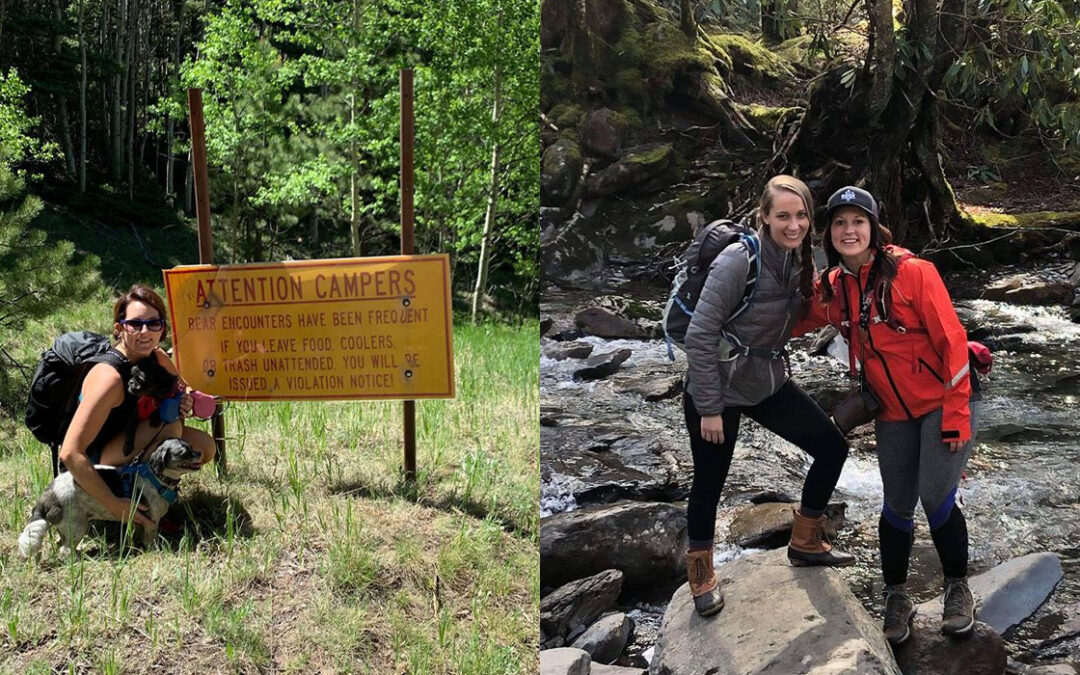
by Jennifer O'Connell | Jan 28, 2020 | Auto Accident, Bicycle Accident, Brain Injury, Bus Accident, CO Truck, Colorado, DUI, Kentucky, Motorcycle Accident, Pedestrian Accident, Personal Injury, Tennessee, Train Accident, Trucking Accident, Workers' Compensation
Jennifer O’Connell
Our goals for 2020 include helping you get to know us a little better. To aid in that venture, we are starting a video series to share a bit more about who we are and help you learn more about who you are working with. Our first video features Managing Partner Jennifer K. O’Connell. Jennifer grew up in Tennessee. Her father was a forester and her mother was a public school special education teacher. She and her sister regularly rode out to the woods with their dad or adventuring among the trees behind their family home, their two Springer Spaniels in tow. The whole family took regular camping trips to state and national parks across the country. If you could not see it in a tent, the O’Connell’s were not interested. They saw snow at the Grand Canyon in June and counted buffalo sightings at Yellowstone in February. More than one of those trips was here to the Rocky Mountains. In fact, Jennifer’s parents began visiting the mountains shortly after they were married. Colorado holds a special place in her family. Jennifer also loves her home state of Tennessee. While the mountains of Appalachia have a bit more oxygen at the top, hiking was still a big part of Tennessee life for her and her family. While the summit of Mount Le Conte is only 6,593 feet, there is a 2,763 foot climb to the top and there is often quite a bit of ice at the top.
Click here to learn more about Jennifer and keep an eye out for the next episode to learn more about her team! Hope you enjoy getting to know us!
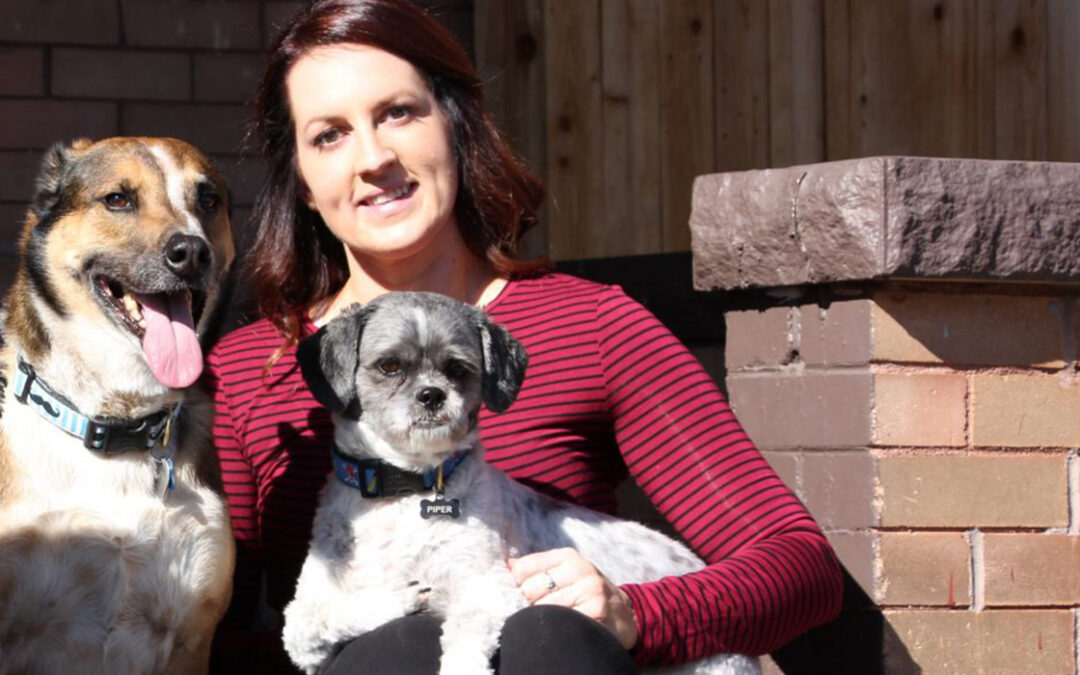
by Jennifer O'Connell | Jan 21, 2020 | Auto Accident, Bicycle Accident, Brain Injury, Bus Accident, CO Truck, Colorado, DUI, Kentucky, Motorcycle Accident, Pedestrian Accident, Personal Injury, Tennessee, Train Accident, Trucking Accident, Workers' Compensation
Queener Law Featured in VoyageDenver
We are thrilled to see Queener Law featured in VoyageDenver! What an honor!
We love their insightful questions that prompt us to think a bit more about how we got here and why we have made the choices we made along the way. The life of a business owner is full of forks in the road and choices. It is always important to look back and evaluate the road already traveled to help make the right decisions for the one ahead. We are also extremely happy that our client-centric focus came through. We purposefully keep out hometown feel and insist that our clients speak to a partner every time. We want to make sure our clients know how important they are and how dedicated we are to their cases. It was very exciting to hear that the editors wanted to see Queener Law featured in VoyageDenver to give us a chance to share that view with the community.
Check out the feature here!
Call us any time for a free consultation or to refer your friends or family members in need of help. No more being tossed around from attorney to attorney or case manager to case manager. At Queener Law, you will be in the capable hands of a partner and paralegals from start to finish. Your case deserves undivided attention, and so do you.
by Jennifer O'Connell | Dec 9, 2019 | Auto Accident, Bicycle Accident, Brain Injury, Bus Accident, CO Truck, Colorado, DUI, Kentucky, Motorcycle Accident, Pedestrian Accident, Personal Injury, Tennessee, Train Accident, Trucking Accident, Workers' Compensation
Getting Your Medical Bills Paid the Right Way
“The insurance company said they’d pay all my medical bills. Now they only want to pay a fraction of what I owe!’ We have heard this complaint almost daily in our decades of practice. What’s the reason and who’s the culprit? Of course, every story like this begins with the fact that car insurance companies are designed to collect premiums and not pay out. But that is not the only conspiracy happening here. Hospitals and medical providers have found ways to use the car insurance system to increase profits, as well. In a recent article in The New York Times, the master plan of hospital billing is broken down into the following steps:
1. Medical Swag
When you are in a wreck, the first thing the EMS or ER staff will do is slap on that age-old neck brace. Often, that neck brace either came free as medical sales swag or was bought in bulk at a rate of a few bucks each. When you get your medical bills in the mail, you find out that your insurance paid $100-plus and you owe an additional $20 bucks or so after insurance. You could get the same brace at your local pharmacy for much less. But when your chart is flagged for a car accident, out comes the medical swag. And in the end, all of this gets paid by the car insurance company… out of your settlement.
2. The Cover Charge
When you are taken to the emergency room, you get a bill. That we know. But did you know that this bill is just for use of the room? In essence, that bill is a “cover charge” for entry. In addition to that fee, which may vary depending on how emergent or traumatic your injury may be, there is a separate fee for every material used and every person who walks into the room. In many cases, you’ll even get a completely separate bill just for the use of a doctor, a necessary component of your emergency room visit. This bill, again, may vary based on what the hospital determines is the severity of your injury. Two guesses what they label car accident victims as in order to increase their bill.
3. Impostor Billing
Not only can you get billed for every person who walks in the room, but you may also receive a bill for people who you have never met. Medical billing allows for “consult billing,” even when the physician never consulted with the patient themselves. If a radiologist simply stops an orthopedist in the hallway for a second look at your x-rays, you get billed. These are not common charges, but we see them often in cases like auto accidents where the hospital anticipates deep pockets.
4. The Drive-By
In more serious cases, where post-ER treatment is required, you can get billed even before your first visit. For instance, if your injury requires physical therapy, a therapist can enter the room just to discuss your future therapy visits, and you will receive a bill for that conversation. A full assessment or actual therapeutic treatment is not required for the hospital to bill for it.
5. Avectus
We have added this prong because it is so prevalent and crushing to your in-pocket compensation while filling the hospital’s bank account. Hospitals allow representatives from Avectus or other lien companies to enter patients’ rooms, although they have no medical training or degrees and have not received consent from the patient or relatives. Their only purpose is to have medicated and shocked accident victims sign forms promising to pay the hospital’s bill in its entirety, regardless of whether they have health insurance. Why? Because the hospital does not want to take the contractual discount with the health insurance, and instead wants to take as much as possible from the auto insurance policy, in addition to all of your other medical bills.
The End Game
Why do we care so much about what the hospital is doing if the car insurance company is paying in the end? Why should you care about what money goes where? An auto insurance policy is like a bank account. Everything that comes out of it – including medical bills – reduces the amount in the account. In other words, every penny the hospital takes is one less for you. If your hospital bill is inflated simply because you were in an auto accident, your compensation for the injuries you sustained will go to the hospital rather than to you. If the auto policy available is only $50,000 and your hospital bill is $40,000, there is very little money left to pay remaining bills, reimburse your lost wages, or cover your future medical needs. And that’s if you don’t come out with a $75,000 bill and only $50,000 in automobile insurance. What can be done to stop this? Short of changing legislation, simply put, you need an attorney. Our office has decades of experience forcing hospitals to use health insurance and refusing to pay their liens if they are on notice and ignore us. We not only fight the insurance company on your behalf, but we also hold the hospitals to a high ethical and economical standard, refusing to let them dig into the policy that was meant to compensate you. Be aware and proactive with your health and your future. Work with a firm that has no blind side. We see the attacks coming, and will head them off at the start.
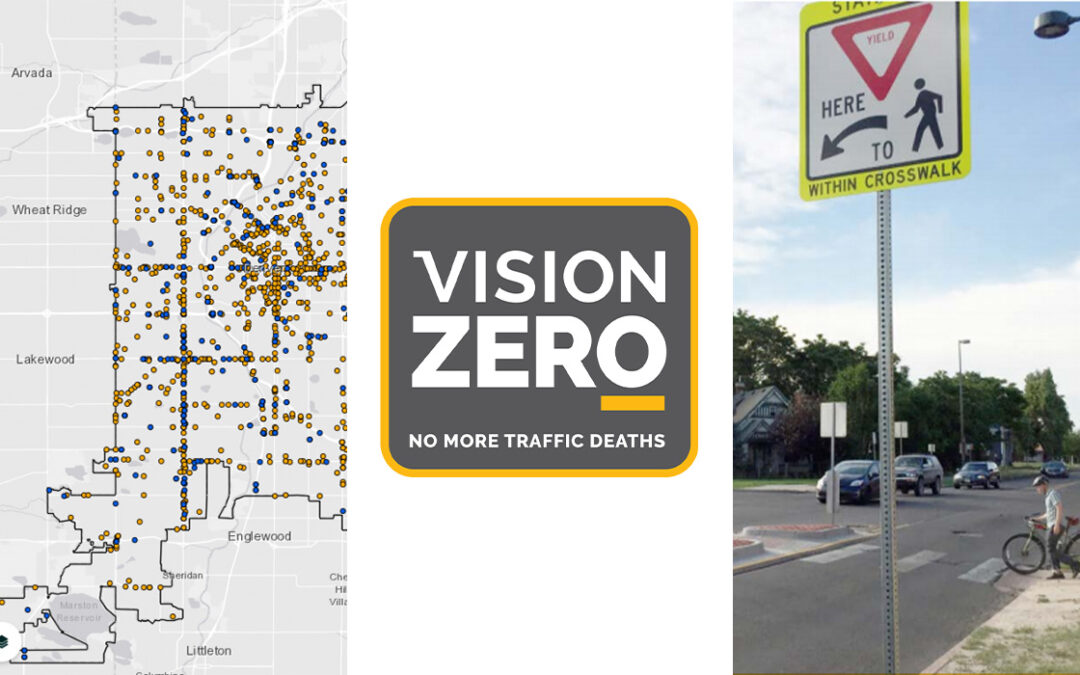
by Jennifer O'Connell | Oct 15, 2019 | Auto Accident, Bicycle Accident, Brain Injury, Colorado, DUI, Motorcycle Accident, Pedestrian Accident, Personal Injury, Trucking Accident
Current State of Denver Roads
If you haven’t seen the signs or the persistent social media posts about Vision Zero, then you have definitely seen changing road shapes around the Denver Metro area. Extra bike lanes are going in, barriers between motor and bike lanes are building up, speed barriers are popping up, and speed limits are dropping. This is all part of Denver Public Work’s efforts to stamp out traffic collisions and deaths, bringing the later to “Zero.” According to the City and County of Denver, an auto collision has a 40% Chance of causing serious or fatal injury at 30 mph. That stat, however, skyrockets to 73% just by increasing the speed to 40 mph. In the Denver city limits, as of October 12, 63 people have died in collisions, and since 2016, 41% of those were due to speed. Fatalities have continued to increase every single year for the last nine years. Of the 63 fatalities so far this year, 2 were cyclists, 17 were pedestrians, 15 were motorcyclists, and 29 were vehicle occupants.
Denver Vision Zero has set a county-wide goal to have zero traffic deaths by 2030. Rather, though, than simply announce a lofty goal and simply flash stats on overhead announcement boards on the highways, the City and County of Denver have enacted an Action Plan to take proactive steps towards the goal. The first step involved analysis. Vision Zero members analyzed not only fatal collisions themselves looking for causes, but they also constructed a map of the areas within the county lines at which there were serious or fatal collisions over the last six years. You can find this map below or interact by clicking here. You can clearly note roads like Federal, Colfax, and 6th Avenue lighting up like a light-bright as hotbeds for major collisions. In fact, an ancillary map highlighting just the routes labeled High Injury Network zones (HIM), shows that while these roads account for only 5% of Denver streets, the account for 37% of fatal collisions and 40% of serious injuries. And county-wide, motor-vehicle collisions account for twice the number of deaths than homicide. In fact, traffic collisions are the #2 leading cause of hospitalizations in Denver County.
It is also interesting to note that Vision Zero identified that most collisions in these HIN routes are crashes happening near schools and in neighborhoods primarily comprised of lower income, disabled, and elderly citizens. In these areas, speed, aggressive driving, distracted driving, and impaired driving were the top causes of serious and fatal collisions.
What are the next steps in the Action Plan?
The five priorities within the action plan, laid out for the public here, are:
- Enhance City Processes and Collaboration
- Build Safe Streets for Everyone
- Create Safe Speeds
- Promote a Culture of Safety
- Improve Data and Be Transparent
How does this translate into increased safety and less traffic collisions?
To the city and county government, enhancing city processes and collaboration includes adding departments within local governments focused primarily on traffic safety, including studies, economic appropriation, and governmental reaction to tragedies. And the “building safe streets for everyone” phase is already visible in many neighborhoods. Vision Zero has already begun re-configuring streets and intersections to reduce speed, enhance bicycle and pedestrian detection, and improving light and visibility at crossings. A part of phase two is also significant enough to the effort for Vision Zero to make a separately delineated phase. Creating safer speeds city-wide has begun in several parts, with greater speed enforcement, lower speed limits in neighborhoods and school zones, and street design changes to create safer cycling and walking lanes and force lower speeds for vehicles though the use of barriers and speed bumps.
The next phase seems tricky, and it is the opinion of Queener Law that the city has failed already in some aspects of the promotion of a culture of safety. When e-bikes and scooters hit the streets of Denver, the city was behind the eight-ball with education and regulation. Since then, the city has tripped over itself, releasing multiple complicated ordinances for how these multi-modal measures should interact with other established traffic, and education of the community has failed in spade. Traffic collisions involving scooters and bikes have continued to rise. Vision Zero intends to correct those mistakes, and make better efforts to educate and make available alternate modes of travel outside of driving. It is the opinion of the Vision Zero team that multi-modal methods will not only reduce traffic, but they should also reduce traffic deaths, aggressive and impaired drivers from occupying the road, and give a broad range of safe methods of transportation to the HIN zones.
Finally, Vision Zero does not intend to rest on the current data and act accordingly. They are making a promise to the community to continue the analysis and make honest reports to the public of the successes, failures, or stagnation of their efforts. Many more details of the Action Plan are available here. And Queener Law occupies a position on the Mobility Council for the Downtown Denver Partnership, an organization that tasks itself with advising local leaders of what our community members are thinking and feeling about the government’s actions with regards to safety. Take a look at what the local government has planned for your neighborhood, and let us know your thoughts. Queener Law will take them back to the Partnership and push for the government to be advised. We will ensure the government hears us, and therefore hears you, about our collective safety. Traffic collisions are not an inevitability. How do you think we can prevent them?
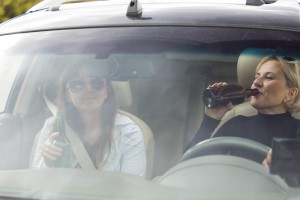
by Queener Law | Jan 25, 2015 | Auto Accident, DUI, Tennessee
The rate of drunk driving fatalities in the U.S. has increased and innocent people continue to be victimized by negligent drivers. Motor vehicle crashes involving drunk drivers killed 10,322 people in 2012 and injured 345,000 people, according to Mothers Against Drunk Driving. This high statistic accounted for 31 percent of all motor vehicle deaths that year, a 4.6 percent increase from 2011. In Tennessee, 295 lives were taken in drunk driving collisions that same year, which accounted for 29 percent of all traffic deaths. This was a 14 percent increase from 2011, a fact known by any established accident lawyer Gallatin. Federal and state officials are looking for new ways to combat this growing problem and save lives in the process.
Auto manufacturers and the National Highway Traffic Safety Administration are hoping to implement advanced driver alcohol-detection systems into cars, according to Edmunds.com. This new attempt at decreasing the national drunk driving fatality rate would make it difficult for drivers, with a blood alcohol content level over the legal limit of 0.08 percent, to drive on Tennessee roadways.
How would the DUI technology work?
The alcohol-detection technology would function similarly to ignition interlock devices with some slight differences. An accident lawyer in Gallatin is aware that ignition interlock devices are mandated for all convicted drunk drivers with a BAC of 0.08 percent or higher in Tennessee. These devices measure the amount of alcohol present in a driver’s breath sample. The IIDs will not let the vehicle start if the driver’s BAC is over a preset amount, usually 0.02 percent.
The new alcohol-detection technology, on the other hand, would disable the vehicle from starting if the driver has a BAC of 0.08 or higher. Rather than submitting a breath sample through a tube, like one would when using an ignition interlock device, the DUI technology would have an alternate way of measuring a driver’s BAC. Both devices are designed to curb drunk driving and decrease DUI auto accidents, injuries and fatalities.
A fatal decision
A 22-year-old man’s decision to drink and drive cost him his life. According to Local 8 Now News, the young Tennessee man and his 18-year-old passenger were traveling in the early morning hours when his car swerved into oncoming traffic. The intoxicated man and his passenger were not wearing seat belts and were thrown from the vehicle when they crashed into another car. The young driver was killed; however, his passenger and the driver of the other car involved in the accident received only injuries from the collision. Unfortunately, an accident lawyer in Gallatin may be all too familiar with these types of cases. However, injury victims may turn to an attorney for essential legal assistance.





